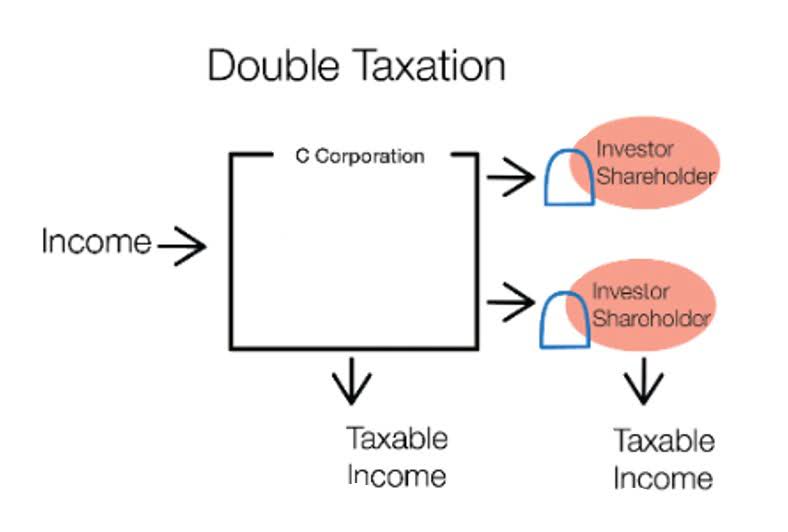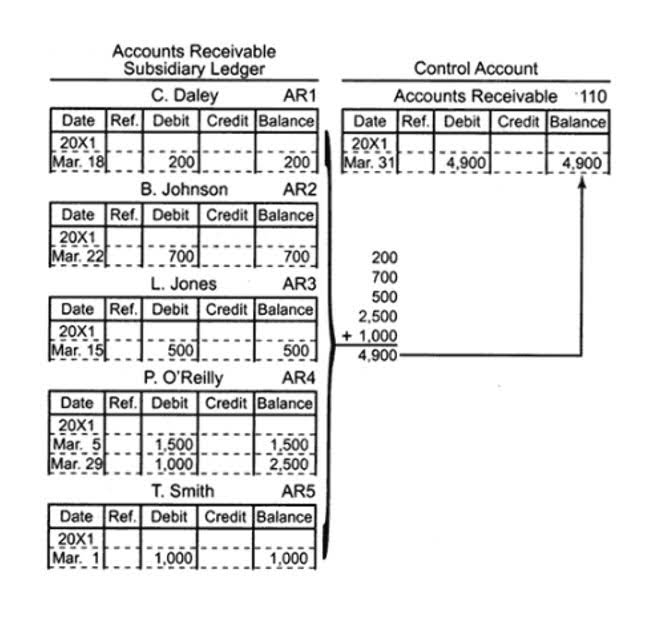
This account is a non-operating or “other” expense for the cost of borrowed money or other credit. A word used by accountants to communicate that an expense has occurred and needs to be recognized on the income statement even though no payment was made. The second part of the necessary entry will be a credit to a liability account. Depreciation is always a fixed cost, and does not negatively affect your cash flow statement, but your balance sheet would show accumulated depreciation as a contra account under fixed assets. Adjusting entries are made at the end of an accounting period to properly account for income and expenses not yet recorded in your general ledger, and should be completed prior to closing the accounting period. Our visual tutorial for the topic Adjusting Entries shows you how every adjusting entry will impact both the balance sheet and the income statement.
Get in Touch With a Financial Advisor

Also, according to the realization concept, all revenues earned during the current year are recognized as revenue for the current year, regardless of whether cash has been received or not. The process of recording such transactions in the books is known as making adjustments. An adjustment can also be defined as making a correct record of a transaction that has not been entered, or which has been recorded in an incomplete or incorrect way. If you’re still posting your adjusting entries into multiple journals, why not take a look at The Ascent’s accounting software reviews and start automating your accounting processes today.
Do you already work with a financial advisor?
This is posted to the Supplies Expense T-account on the debit side (left side). This is posted to the Supplies T-account on the credit side (right side). You will notice there is already a debit balance in this account from the purchase https://www.bookstime.com/ of supplies on January 30. The $100 is deducted from $500 to get a final debit balance of $400. In some situations it is just an unethical stretch of the truth easy enough to do because of the estimates made in adjusting entries.
Prepaid Expenses: Explanation
This means the company pays for the insurance but doesn’t actually get the full benefit of the insurance contract until the end of the six-month period. This transaction adjusting entries examples is recorded as a prepayment until the expenses are incurred. Only expenses that are incurred are recorded, the rest are booked as prepaid expenses.

- The primary distinction between cash and accrual accounting is in the timing of when expenses and revenues are recognized.
- Similarly, expenses that are not properly matched with the corresponding revenues can distort the net income figure, misleading investors and other stakeholders.
- Similarly, under the realization concept, all expenses incurred during the current year are recognized as expenses of the current year, irrespective of whether cash has been paid or not.
- When a purchase return is partly returned by the customer, it is treated as a payment on account of the balance.
- Now that we know the importance of adjusting entries and the steps involved in preparing them – it’s time to take a look at some examples to make it easier to understand.
- In this situation, the accounts thus prepared will not serve any useful purpose.
Unearned revenues are also recorded because these consist of income received from customers, but no goods or services have been provided to them. In this sense, the company owes the customers a good or service and must record the liability in the current period until the goods or services are provided. Here are the main financial transactions that adjusting journal entries are used to record at the end of a period. Making adjusting entries is a way to stick to the matching principle—a principle in accounting that says expenses should be recorded in the same accounting period as revenue related to that expense. Generally, adjusting journal entries are made for accruals and deferrals, as well as estimates. Sometimes, they are also used to correct accounting mistakes or adjust the estimates that were previously made.

- If you’re curious and want to see some real-life examples, check out our journal entry examples and journal entry of provision for doubtful debts.
- For example, accruals for unpaid expenses increase liabilities, providing a more realistic picture of the company’s obligations.
- We will not get to the adjusting entries and have cash paid or received which has not already been recorded.
- The balance sheet is also referred to as the Statement of Financial Position.
- The article will discuss a series of examples to understand better the necessity of adjusting entries.
- The primary objective of accounting is to provide information that will help management take better decisions and plan for the future.
However, for management purposes, you don’t fully use the asset at the time of purchase. Instead, it is used up over time, and this use is recorded as a depreciation expense. Whereas you’d record a depreciation entry for a tangible asset, amortization is used to stretch the expense of intangible assets over a period of time. Let’s say you pay your business insurance for the next 12 months in December of each year.
They align real-time entries with accrual accounting, and involve adjustments such as accrued expenses, revenues, provisions, and deferred revenues. Income statement accounts that may need to be adjusted include interest expense, insurance expense, depreciation expense, and revenue. The entries are made in accordance with the matching principle to match expenses to the related revenue in the same accounting period. The adjustments made in journal entries are carried over to the general ledger that flows through to the financial statements.
